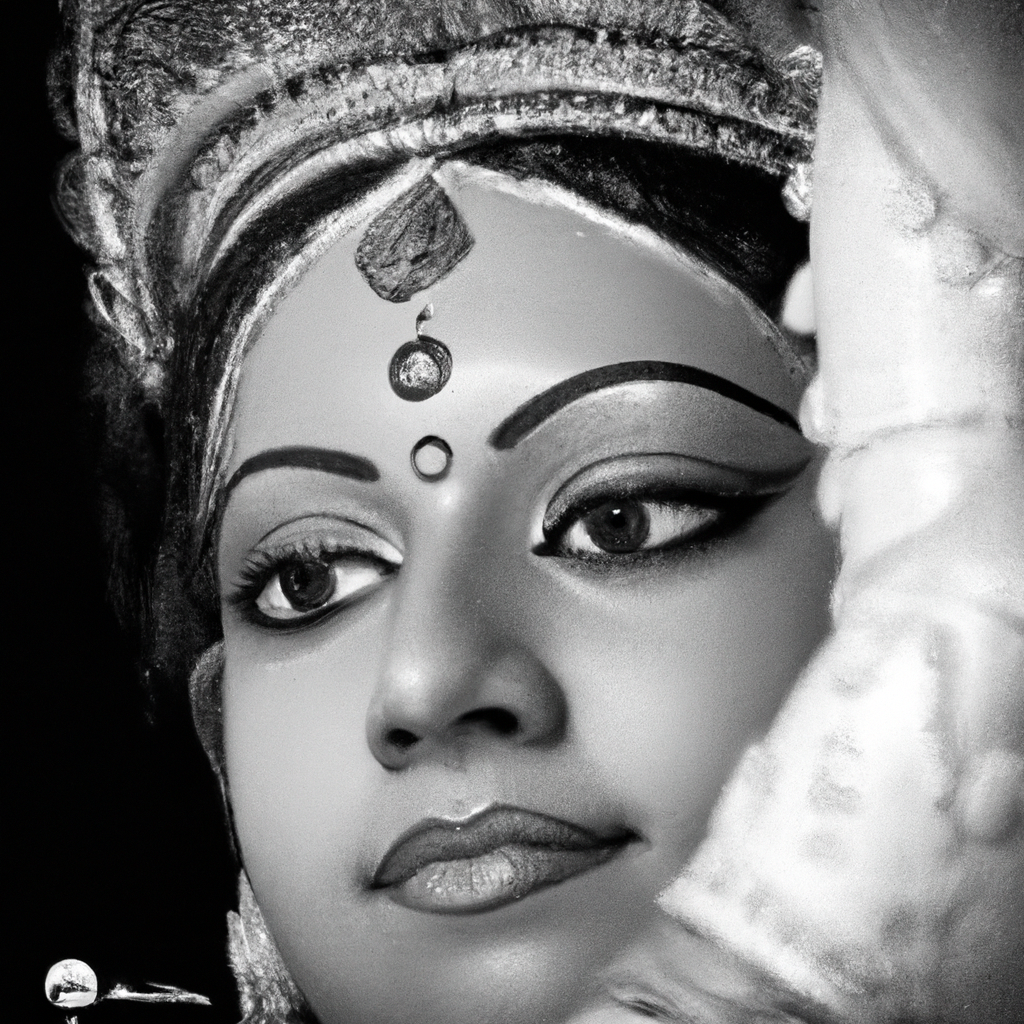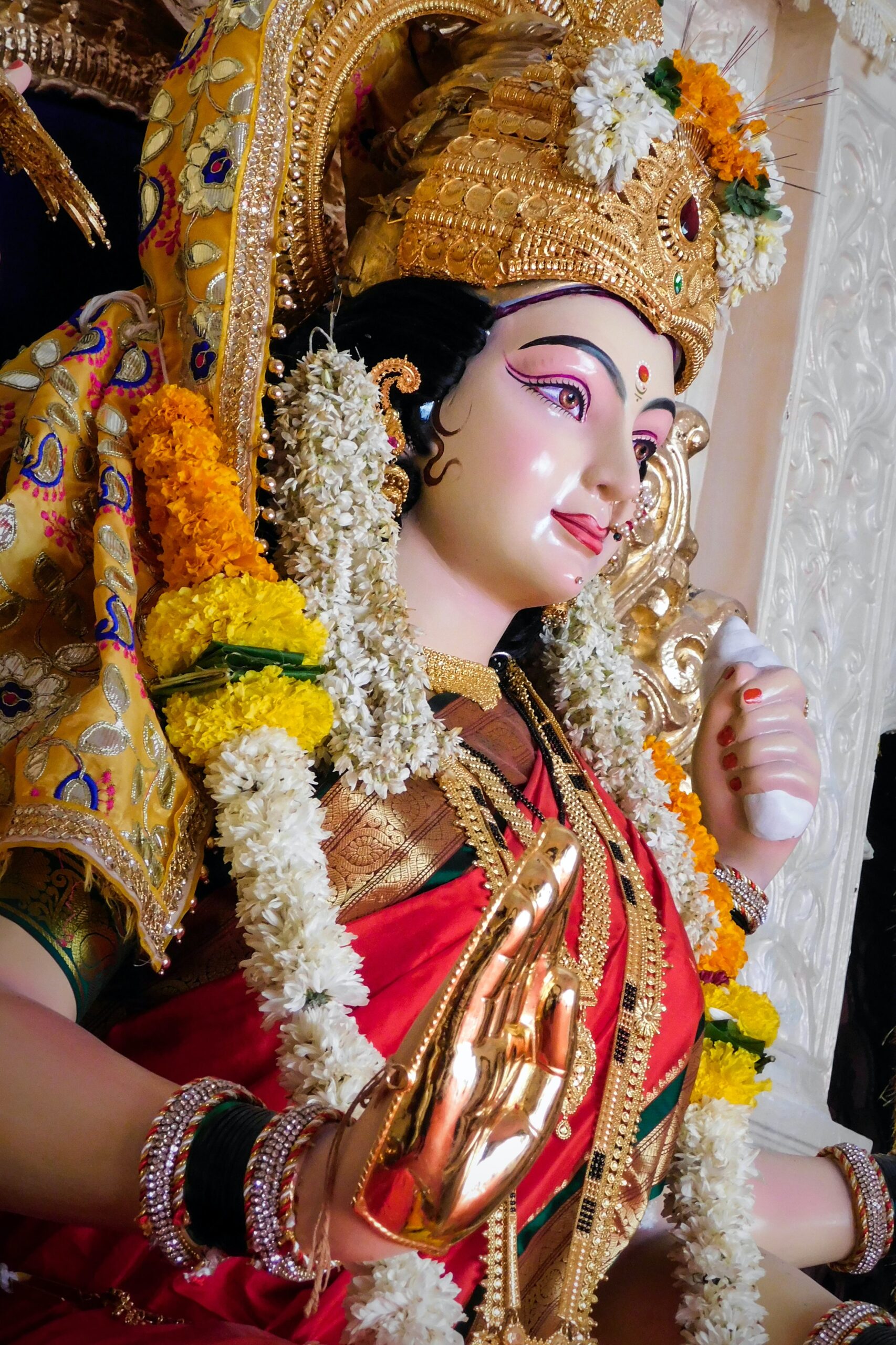In the fascinating world of religion, one of the most common debates is whether Buddhism is polytheistic or monotheistic. As you embark on this thought-provoking exploration, you’ll discover the diverse perspectives and interpretations surrounding this ancient belief system. Journey with us as we unravel the complexities of Buddhism and uncover the answer to the intriguing question: is Buddhism polytheistic or monotheistic? Prepare to be enlightened!
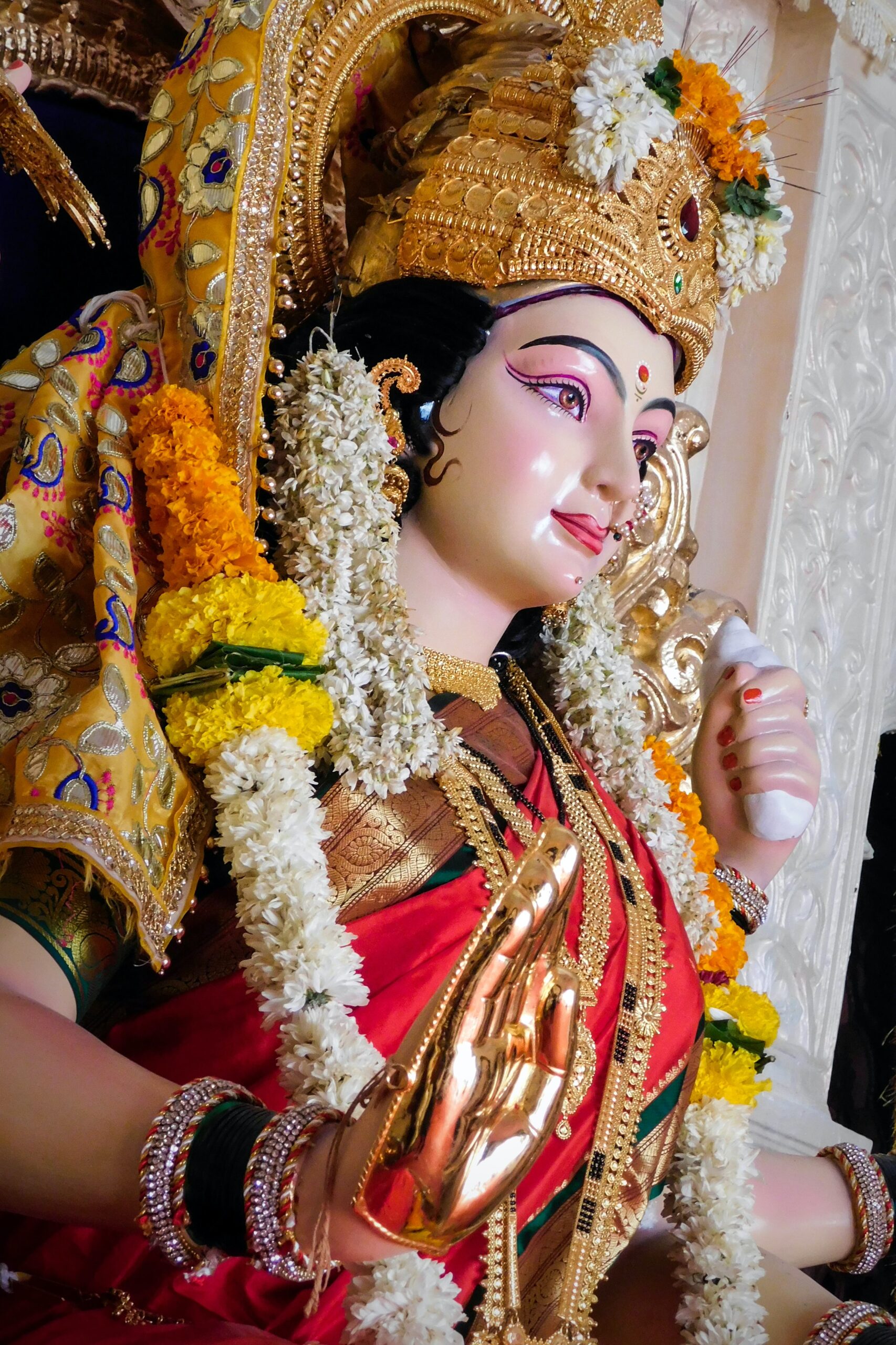
Overview of Buddhism
Buddhism, one of the major world religions, originated in ancient India during the 6th century BCE. It was founded by Siddhartha Gautama, who later became known as the Buddha. Buddhism is based on the teachings and philosophy of the Buddha, emphasizing the pursuit of enlightenment and the alleviation of suffering. It has spread throughout Asia and has millions of followers worldwide.
Origin and Background
The origins of Buddhism can be traced back to the ancient kingdom of Magadha, located in present-day Bihar, India. Siddhartha Gautama, the historical figure who would become the Buddha, was born into a royal family. Dissatisfied with the materialistic life of luxury, he renounced his wealth and set out to seek spiritual enlightenment. After years of meditation and self-discipline, he finally achieved enlightenment under a Bodhi tree in Bodh Gaya.
Basic Beliefs
Buddhism is based on the Four Noble Truths and the Eightfold Path. The Four Noble Truths address the reality of suffering, its causes, and the possibility of its cessation. They teach that suffering is inevitable in life, mainly caused by attachment and craving, but it can be overcome by following the Eightfold Path. The Eightfold Path encompasses principles such as right understanding, right intention, right speech, right action, right livelihood, right effort, right mindfulness, and right concentration. Buddhism also emphasizes the principles of karma, rebirth, and the impermanence of all things.
Different Branches
Over time, Buddhism has evolved into different branches, each with its own distinct practices and beliefs. The three main branches are Theravada, Mahayana, and Vajrayana. Theravada Buddhism, practiced mainly in Southeast Asia, focuses on individual enlightenment and the teachings of the Pali Canon. Mahayana Buddhism, prevalent in East Asia, emphasizes the importance of compassion and the pursuit of enlightenment for the benefit of all beings. Vajrayana Buddhism, commonly found in Tibet and Mongolia, utilizes esoteric practices and tantric rituals to achieve enlightenment.
Polytheism vs Monotheism
Definition of Polytheism
Polytheism refers to the belief in or worship of multiple deities. Polytheistic religions often involve a pantheon of gods and goddesses who possess various powers and have control over different aspects of the world and human life. These deities are often anthropomorphized, representing different emotions, natural elements, or social aspects.
Definition of Monotheism
Monotheism, on the other hand, is the belief in or worship of a single, supreme deity. Monotheistic religions, such as Christianity, Islam, and Judaism, emphasize the existence of a singular, all-powerful God who created and governs the universe. Followers of monotheistic religions believe in the unity and omnipotence of this supreme being.
Polytheistic Elements in Buddhism
Pantheon of Deities
While Buddhism is predominantly considered a non-theistic religion, it does have polytheistic elements. In certain forms of Buddhism, especially Mahayana and Vajrayana, there exists a pantheon of deities. These deities, known as bodhisattvas and other god-like beings, are revered and worshipped by followers. They are seen as compassionate beings who guide and assist practitioners on their path towards enlightenment.
God-like Beings
In addition to bodhisattvas, Buddhism also acknowledges the existence of god-like beings called devas. Devas are celestial beings who reside in higher realms and are believed to possess supernatural powers and happiness. While devas are not considered supreme deities in Buddhism, they are recognized and respected for their positive actions and higher realm existence.
Worship and Rituals
Polytheistic elements in Buddhism are often reflected in the worship and rituals performed by practitioners. Devotees may make offerings, such as flowers, incense, and food, to the deities and seek their blessings and guidance. Rituals involving chanting, prostrations, and recitation of scriptures are also common. These practices serve as a means of expressing devotion, seeking protection, and cultivating positive qualities.
Monotheistic Elements in Buddhism
Concept of Ultimate Reality
Although Buddhism is generally regarded as a non-theistic religion, it also contains monotheistic elements in certain schools of thought. The concept of ultimate reality, sometimes referred to as “nirvana” or “emptiness,” can be considered a monotheistic aspect of Buddhism. Ultimate reality represents the state of liberation from suffering and the understanding of the interconnectedness and impermanence of all phenomena.
The Buddha as the Highest Being
In some interpretations of Buddhism, the Buddha himself is seen as the highest being or a supreme guiding figure. While this may resemble monotheism, it is important to note that the Buddha is not worshipped or regarded as an all-powerful creator deity. Instead, he is revered for his teachings, enlightenment, and the role model he provides for followers on the path to enlightenment.
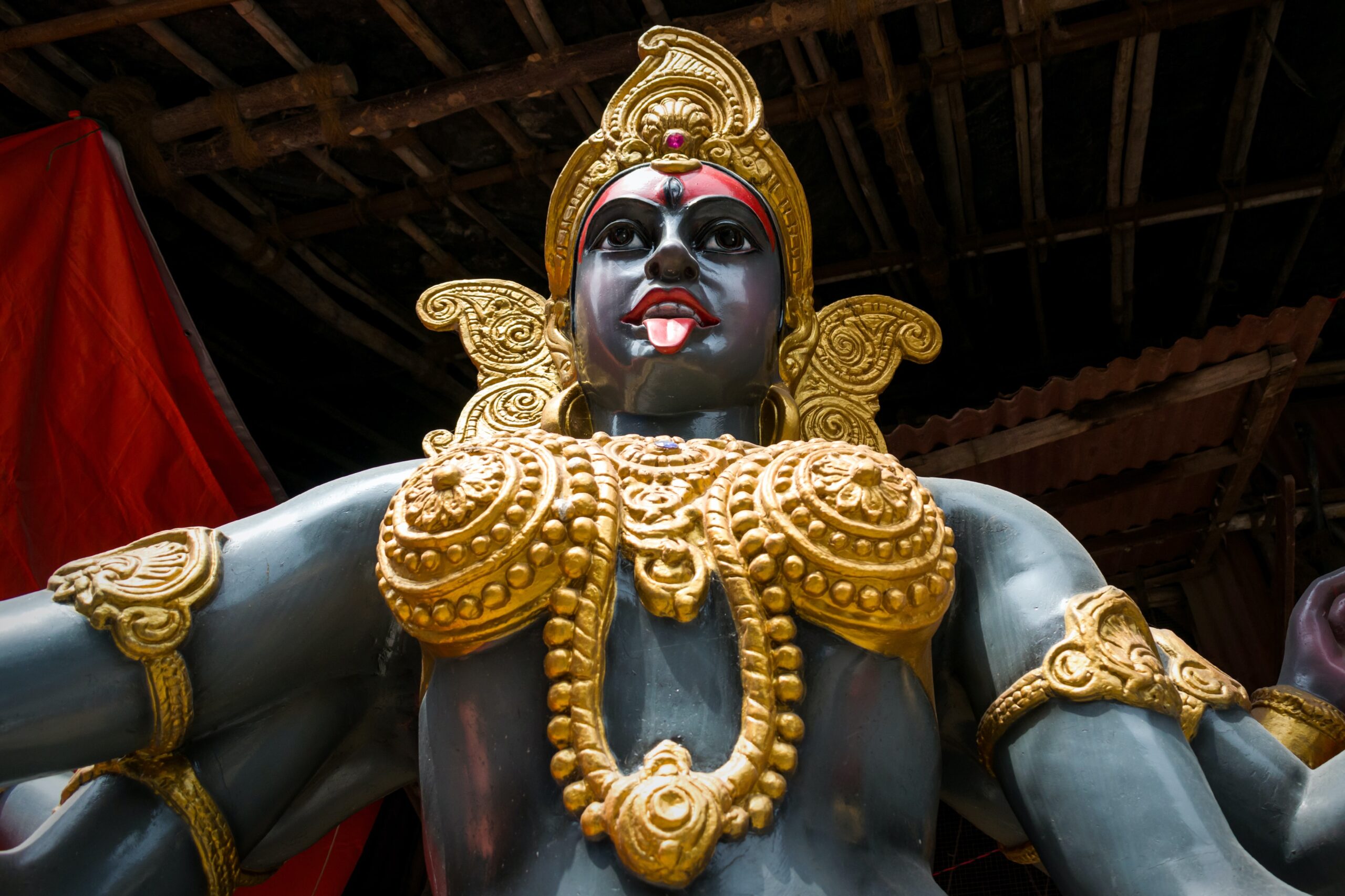
Dependent Origination and Interconnectedness
Explanation of Dependent Origination
One of the fundamental concepts in Buddhism is dependent origination. It explains the interdependent nature of all phenomena and the continuous cycle of cause and effect. According to this principle, nothing exists independently or as a separate entity. Every phenomenon arises due to causes and conditions, and its existence is reliant on various factors. This interconnectedness highlights Buddhism’s focus on an intricate web of relationships, rather than a single entity controlling all.
No Independent Creator God
In line with the principles of dependent origination, Buddhism does not subscribe to the belief in an independent, omnipotent creator god. Instead, it recognizes that all phenomena, including the universe, are subject to the laws of cause and effect. The absence of an independent creator god aligns with the non-theistic nature of Buddhism and distinguishes it from monotheistic religions.
The Role of Deities in Buddhism
Bodhisattvas and Mahayana Buddhism
In Mahayana Buddhism, bodhisattvas are revered as compassionate beings who have attained enlightenment but choose to remain in the world to aid others on their spiritual journey. Bodhisattvas are seen as enlightened guides, offering protection, guidance, and inspiration to followers. While they are not worshipped as supreme deities, they play a significant role in Mahayana Buddhist practices and devotional rituals.
Protectors and Guardians in Vajrayana Buddhism
Vajrayana Buddhism, also known as Tibetan Buddhism, places a particular emphasis on the role of deities known as protectors and guardians. These deities are believed to safeguard the teachings of Buddhism and its practitioners. Tantric rituals and practices are often employed to establish a connection with these deities and seek their protection and blessings.
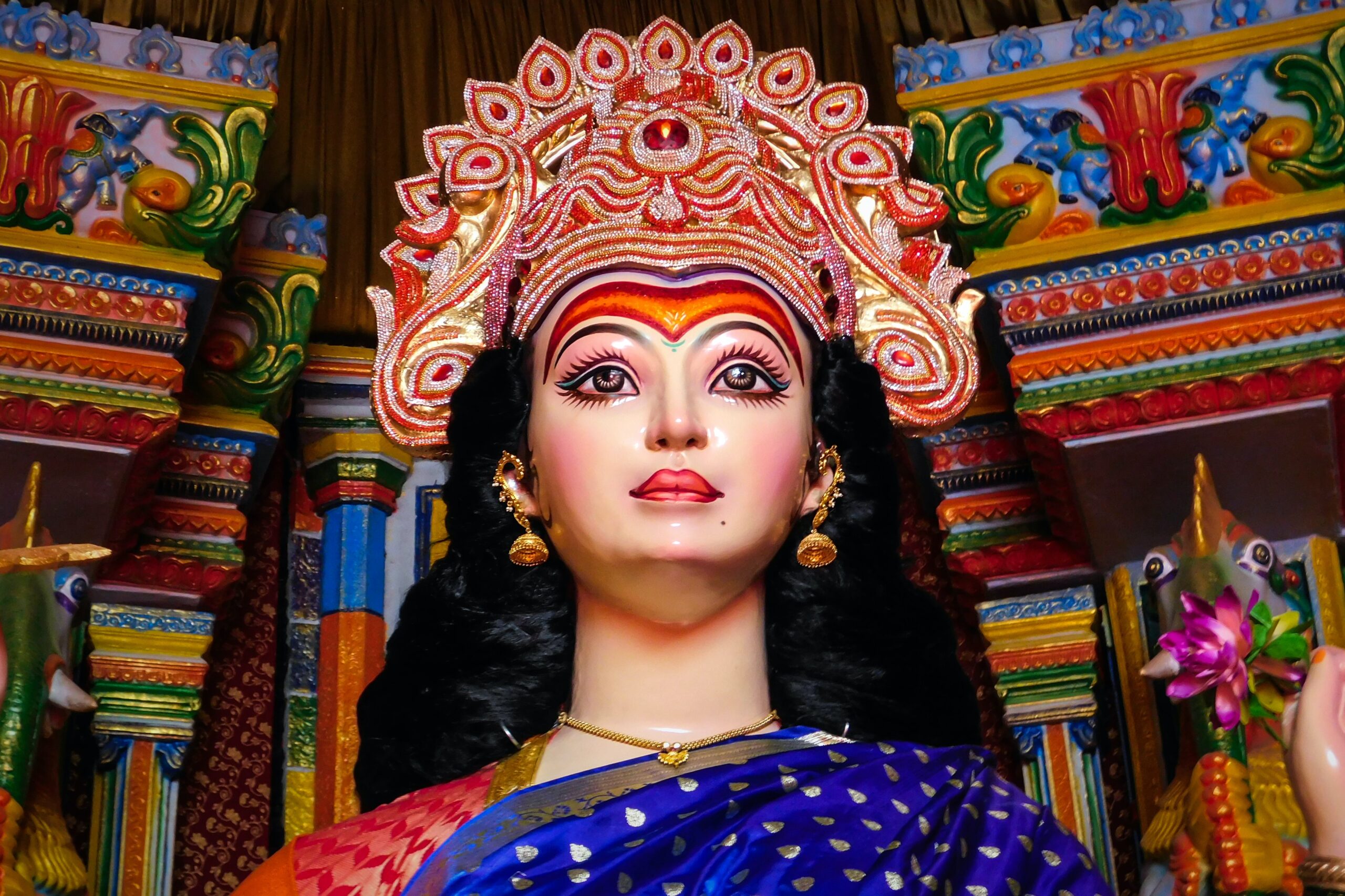
Theravada Buddhism and Deities
Limited Importance of Deities
In contrast to Mahayana and Vajrayana Buddhism, Theravada Buddhism places limited importance on deities. The focus in Theravada Buddhism is primarily on individual enlightenment and the teachings of the Buddha. While there may be reverence for certain deities, particularly those associated with historical and cultural significance, their role is secondary to the practice of the Eightfold Path and the pursuit of personal liberation.
Focus on Individual Enlightenment
Theravada Buddhism emphasizes that the path to liberation lies within oneself. The goal is to attain personal enlightenment and end the cycle of rebirth and suffering. Though individuals may seek the assistance of deities or engage in devotional practices, their ultimate responsibility lies in their own efforts towards spiritual growth and self-realization.
Worship and Practices in Buddhism
Devotional Practices
Devotional practices in Buddhism vary across different traditions and cultures. They often involve the offering of flowers, incense, candles, and other symbolic items as a gesture of respect and reverence. Chanting, recitation of prayers or mantras, and meditation are common forms of devotional practice. These practices aim to cultivate mindfulness, devotion, and a deeper connection with the teachings of Buddhism.
Offerings and Prayers
Offerings in Buddhism are a way to express gratitude and connect with the spiritual realm. They can include food, water, and other items believed to be pleasing to deities or spirits. Prayers, both formal and informal, serve as a means of communication with the spiritual realm and the expression of wishes, gratitude, and aspirations.
Temples and Shrines
Temples and shrines hold significant importance in Buddhism, providing spaces for communal worship and individual reflection. They often house statues or images of the Buddha, bodhisattvas, and other deities. Temples and shrines serve as places of pilgrimage, gathering, and religious ceremonies, fostering a sense of community and spiritual connection among practitioners.
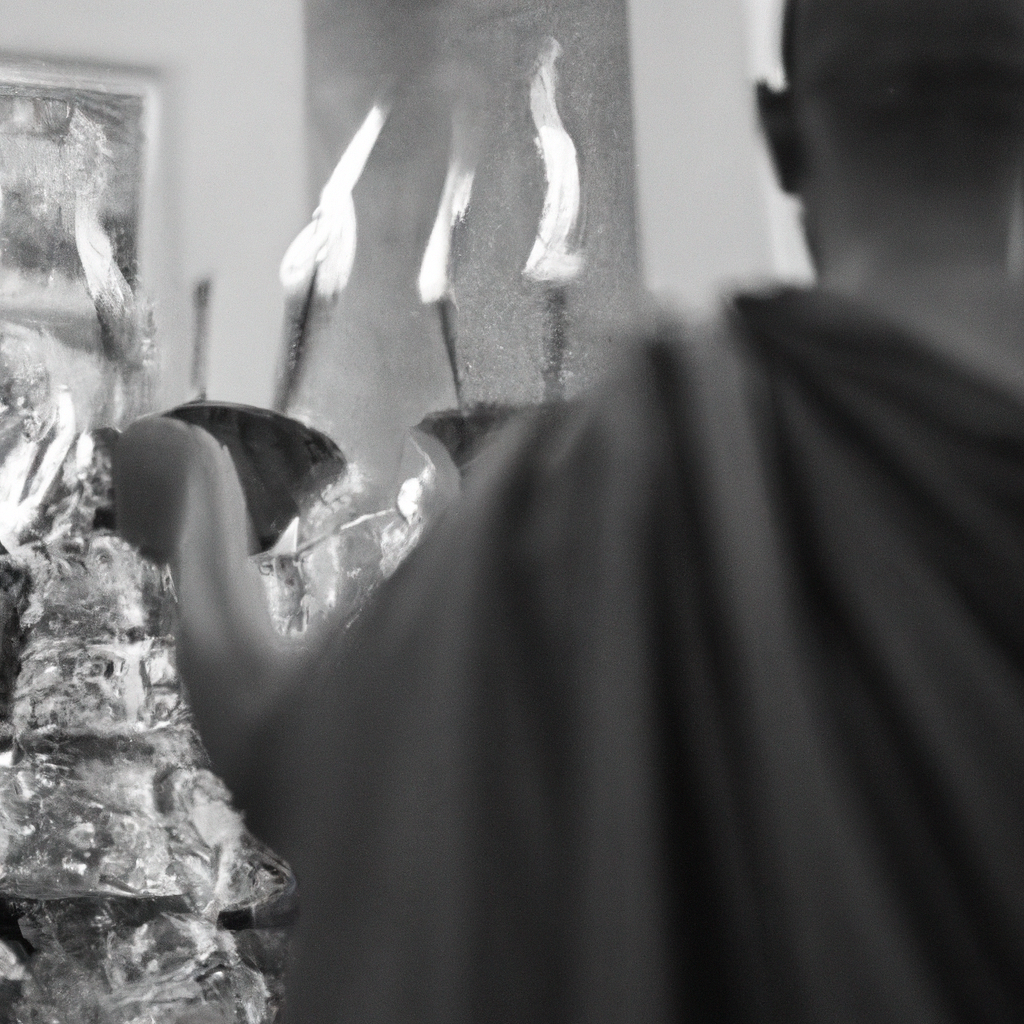
Deities in Folk Buddhism
Local and Regional Deities
Folk Buddhism encompasses various local and regional beliefs and practices that have assimilated into the broader Buddhist tradition. As Buddhism spread to different regions, it adopted and incorporated local deities and spirits into its pantheon. These deities often coexist alongside the buddhas and bodhisattvas, blending elements of indigenous beliefs with Buddhist principles. This syncretism reflects the adaptability and inclusiveness of Buddhism.
Cultural Adaptations
In different cultures, Buddhism has undergone cultural adaptations that reflect the incorporation of local customs, rituals, and deities. For example, in East Asian Buddhism, elements from Confucianism and Taoism have been integrated, resulting in unique religious practices. These adaptations further reinforce the flexible and accommodating nature of Buddhism as it interacts with diverse cultural contexts.
Conclusion
Buddhism, with its diverse branches, encompasses both polytheistic and monotheistic elements. While some forms of Buddhism emphasize devotion to deities and god-like beings, others focus primarily on individual enlightenment and the teachings of the Buddha. The concepts of dependent origination and ultimate reality highlight the non-theistic aspects of Buddhism, while the presence of bodhisattvas and devas reflect polytheistic tendencies. With its varied interpretations and beliefs, Buddhism can be seen as a syncretic religion that offers a path to liberation, compassion, and interconnectedness for its followers.
